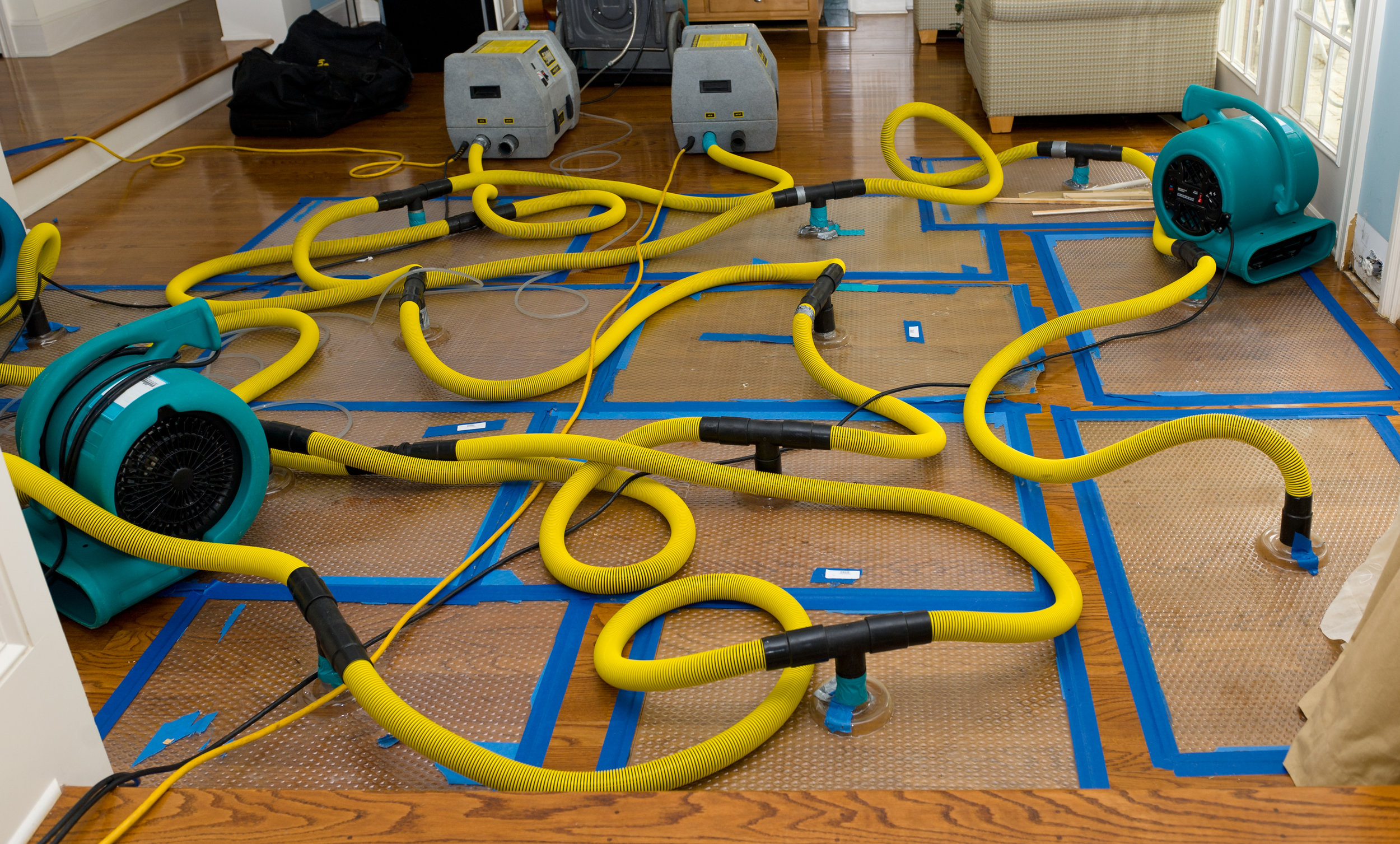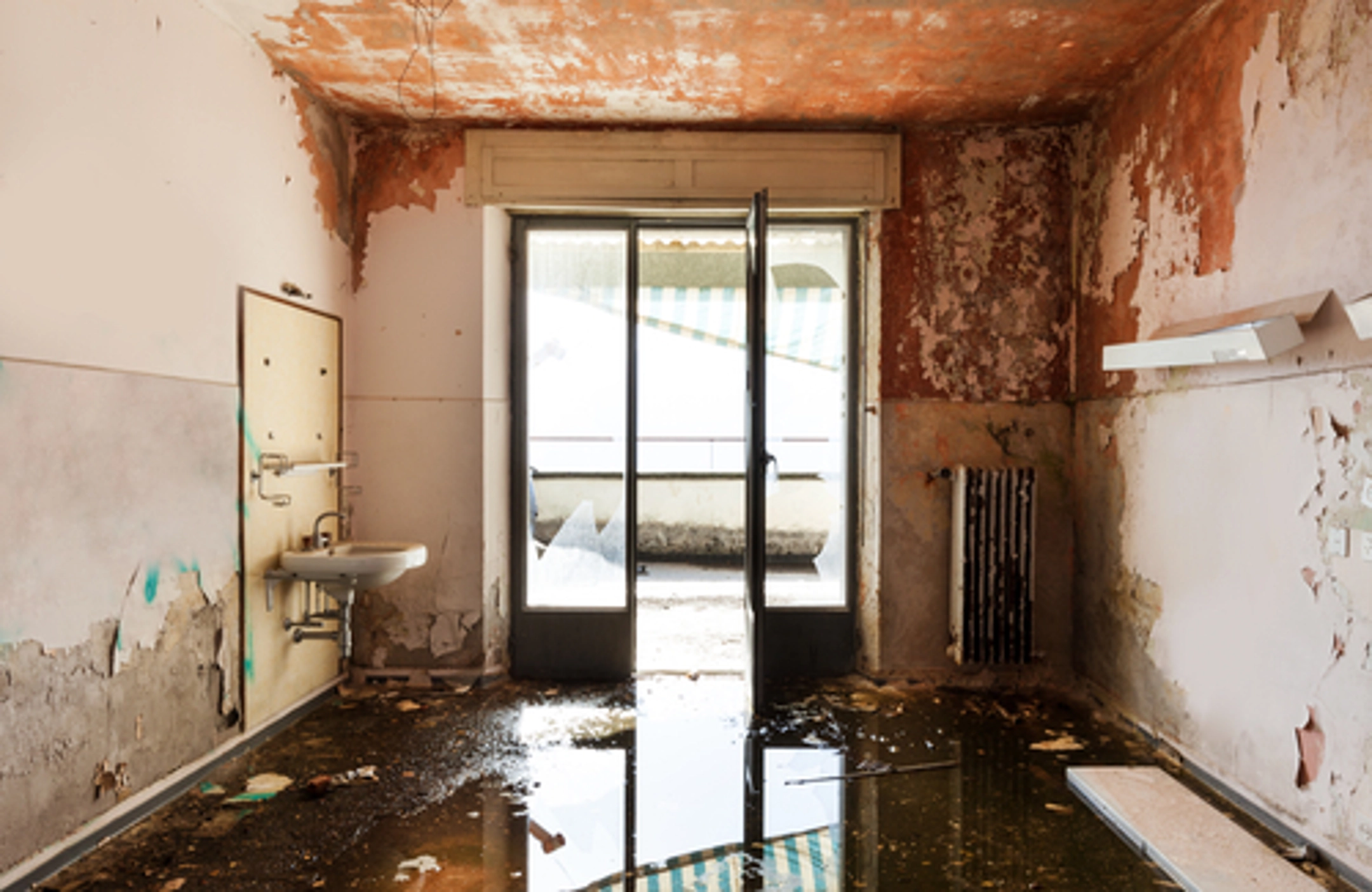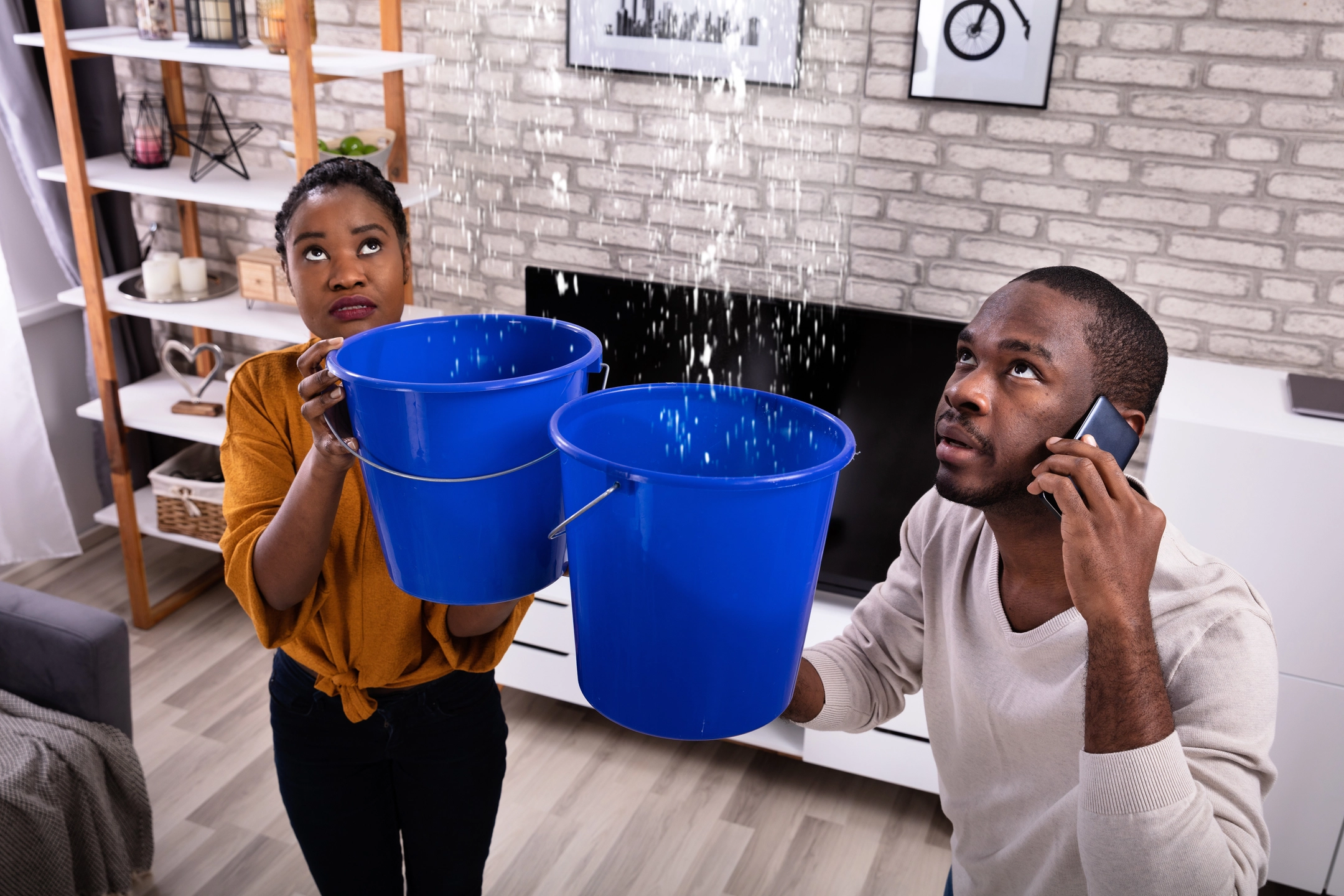Long-Term Health Effects of Incomplete Smoke Damage Restoration
Vital Steps to Comply With for Effective Water Damages Repair in Your Home
When confronted with water damage in your house, understanding the vital actions for effective reconstruction can make all the difference. You require to examine the damage and guarantee safety and security before taking on the issue. Quiting the source of water is essential, however it's just the start. As soon as you've taken care of that, there's a series of activities you need to take to shield your residential or commercial property from more concerns. Let's discover what you ought to do next.
Analyze the Damage
The first step is to examine the damages thoroughly when you discover water damages in your home. Begin by identifying the source of the water intrusion. Inspect for leakages, ruptured pipelines, or other issues triggering the trouble. Next, check out the affected areas for visible indications of damage, including warping, mold, or discoloration development. Do not neglect to search in covert places like behind wall surfaces or under flooring, as water can leak right into these locations unnoticed.Document the damages by taking clear pictures and notes. When reviewing the scenario with your insurance policy supplier or repair experts, this will help you. Take notice of the sort of products influenced, as different materials call for various repair techniques. Lastly, assess the extent of the damages. Is it substantial or minor? Recognizing the extent will guide you in deciding whether to handle it on your own or call the specialists for a much more extensive reconstruction procedure.

Make certain Safety
Before you begin any restoration work, guaranteeing your safety is vital. Evaluate the condition of your home. If the water's deep or if you observe electric threats, do not enter the area. Shut off the electrical power and gas supply to stop crashes. Wear safety gear like boots, masks, and handwear covers to shield yourself from impurities or mold.It's crucial to stay aware of your surroundings; watch for slippery surface areas and sharp things. Treat it as unsafe waste if the water is from a sewer backup. Maintain children and pets away from influenced locations to avoid exposure.Once you have actually taken these preventative measures, you can wage the remediation procedure. Bear in mind, your security comes first, and if you're ever not sure, it's finest to seek advice from a professional. Taking these actions will help assure you're prepared to tackle the reconstruction securely and effectively.
Quit the Source of Water
After guaranteeing your safety, the following step is to quit the source of water. Recognize where the leak is originating from. Maybe a ruptured pipe, a malfunctioning device, and even heavy rain entering via a damaged roof covering. If it's a plumbing concern, shut off the main water to your home to stop additional flooding. For home appliances, disconnect them and turn off their water system valves.If the resource is outdoors, like rain, try to divert it far from your home using sandbags or other obstacles. For small leaks, you could be able to use tape or a sealer briefly till an expert can repair it. Keep in mind, resolving the source rapidly is necessary to minimizing damage and stopping mold and mildew development. As soon as you've stopped the water, you'll be in a much better setting to go on to the following action in the remediation process.

Remove Excess Water
Act promptly to get rid of excess water, as standing water can lead to much more considerable damages and mold and mildew growth. Gather your tools: a wet/dry vacuum, containers, and towels. If the water is shallow, you can use towels to soak up the dampness. For much deeper water, a wet/dry vacuum cleaner is your best wager. Make certain to empty the vacuum cleaner often to avoid overflow.If the water is contaminated, like from a sewer backup, wear protective equipment, consisting of masks and gloves, to maintain yourself risk-free. As soon as you've removed as much water as possible, check for hidden pockets of dampness in corners and under furnishings, as these can harbor mold.Don' t fail to remember to switch off electric home appliances and power electrical outlets in damp areas to stop threats. This first step is crucial in reducing damage and establishing the phase for an effective reconstruction procedure.
Dry and Dehumidify the Area
When you have actually gotten rid of the excess water, it's important to dry and dehumidify the area thoroughly. Begin by utilizing dehumidifiers successfully to draw wetness out of the air and stop mold and mildew growth. Keep an eye on humidity levels to ensure the area dries completely.
Eliminate Standing Water
To successfully deal with water damage, you need to concentrate on getting rid of standing water as promptly as feasible. Beginning by collecting essential devices, like a wet/dry vacuum or a pump, depending upon the volume of water. A vacuum cleaner must do the technique if the water is shallow. For bigger quantities, a pump is a lot more efficient. While functioning, make certain to use protective equipment to maintain yourself safe from impurities. As you eliminate the water, take notice of hidden locations like under furnishings or in edges where water may accumulate. As soon as you've eliminated the majority, your area will start to dry out. This step is important, as sticking around water can cause mold and mildew development and much more comprehensive damages.
Use Dehumidifiers Properly
Just how can you successfully make use of dehumidifiers to dry and evaporate your area? Begin by placing your dehumidifier in one of the most afflicted location, ideally where water damages is most serious. Make certain to close all doors and windows to produce a sealed setting. Switch on the dehumidifier and established it to the proper humidity degree, usually around 30-50%. Empty the water collection container frequently, or think about making use of a design with a continual drainage alternative for benefit. If feasible, use fans to boost airflow, assisting the dehumidifier job much get more info more successfully. Keep the dehumidifier running up until you're certain that the area is extensively dried, stopping mold and mildew growth and extra damages (Water Damage Restoration St George UT). This action is essential for efficient water damages reconstruction
Monitor Humidity Levels
Tracking humidity levels is necessary during the drying out process, as it assists ensure your space remains without excess wetness. Purchase a dependable hygrometer to track moisture precisely. Preferably, you intend to maintain degrees between 30% and 50%. You might need to change your dehumidifiers or fans to enhance airflow if humidity analyses climb over this array. Check the analyses routinely, especially in areas vulnerable to moisture, like shower rooms or cellars. Take into consideration increasing air flow or making use of additional dehumidifiers if you observe persistent high moisture. Staying on top of these degrees not only accelerates the drying process but also stops mold development, ensuring your home remains comfortable and risk-free.
Clean and Disinfect Affected Surfaces

Restore and Repair Your Home
After cleaning and decontaminating the impacted areas, it's time to recover and repair your home. Begin by reviewing the damage. Look for structural problems, like weakened floorings or walls, and attend to any needed repair work. Changing damaged drywall or floor covering is important for both aesthetic appeals and safety.If your furniture or belongings were impacted, consider whether they can be restored or require replacement. Clean or properly restore products where possible.Next, paint walls and touch up any kind of locations that need interest. This not just improves look yet likewise safeguards surface areas from future water damage.Don' t forget to inspect your pipes and home appliances for leaks, ensuring every little thing's operating appropriately. Take into consideration setting up a dehumidifier to stop future dampness issues. By taking these steps, you'll recover your home to its former glory and create a more secure living setting.
Regularly Asked Inquiries
How Much Time Does Water Damage Reconstruction Usually Take?
Water damage remediation usually takes anywhere from a few days to a number of weeks, depending upon the extent of the damage (Flood Damage Restoration). You'll want to analyze the scenario rapidly to decrease more issues and ensure appropriate repair
Will My Insurance Policy Cover Water Damages Reconstruction Prices?
Your insurance policy could cover water damages reconstruction prices, yet it depends on your plan. Examine your insurance coverage information and call your insurance coverage agent to clarify what's included and what you require to submit a case.
Can I Manage Water Damage Restoration Myself?
You can deal with water damages remediation yourself, yet it's crucial to assess the scenario. You may want to call experts if it's extensive. Always focus on security and guarantee you've obtained the right tools.
What Are the Indications of Hidden Water Damages?
You might observe signs of concealed water damages like distorted walls, mildewy odors, or discoloration. If your floorings really feel mushy or you spot mold and mildew, it's time to investigate better before the scenario gets worse.
How Can I Avoid Future Water Damages in My Home?
To avoid future water damage in your house, you should on a regular basis inspect plumbing, seal splits, maintain rain gutters, and warranty proper drainage. Mounting a sump pump and dampness obstacles can additionally aid maintain your area dry. When you discover water damage in your home, the initial action is to analyze the damages completely. Act swiftly to eliminate excess water, as standing water can lead to a lot more substantial damages and mold growth. To effectively take on water damages, you require to concentrate on getting rid of standing water as promptly as possible. As you eliminate the water, pay interest to concealed areas like under furniture or in edges where water could collect. Water damage remediation normally takes anywhere from a couple of days to several weeks, depending on the extent of the damage.